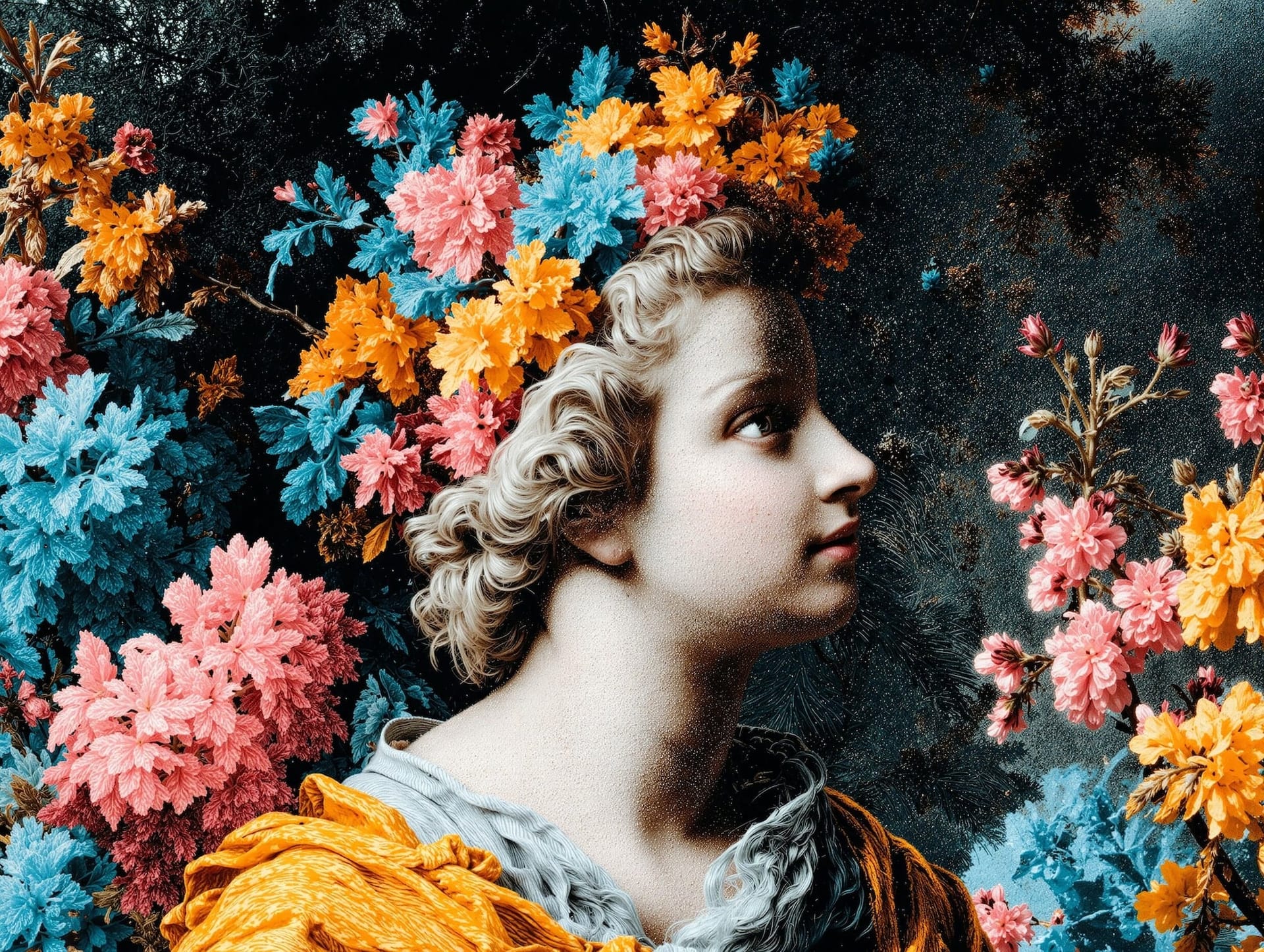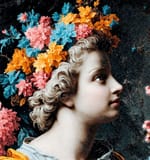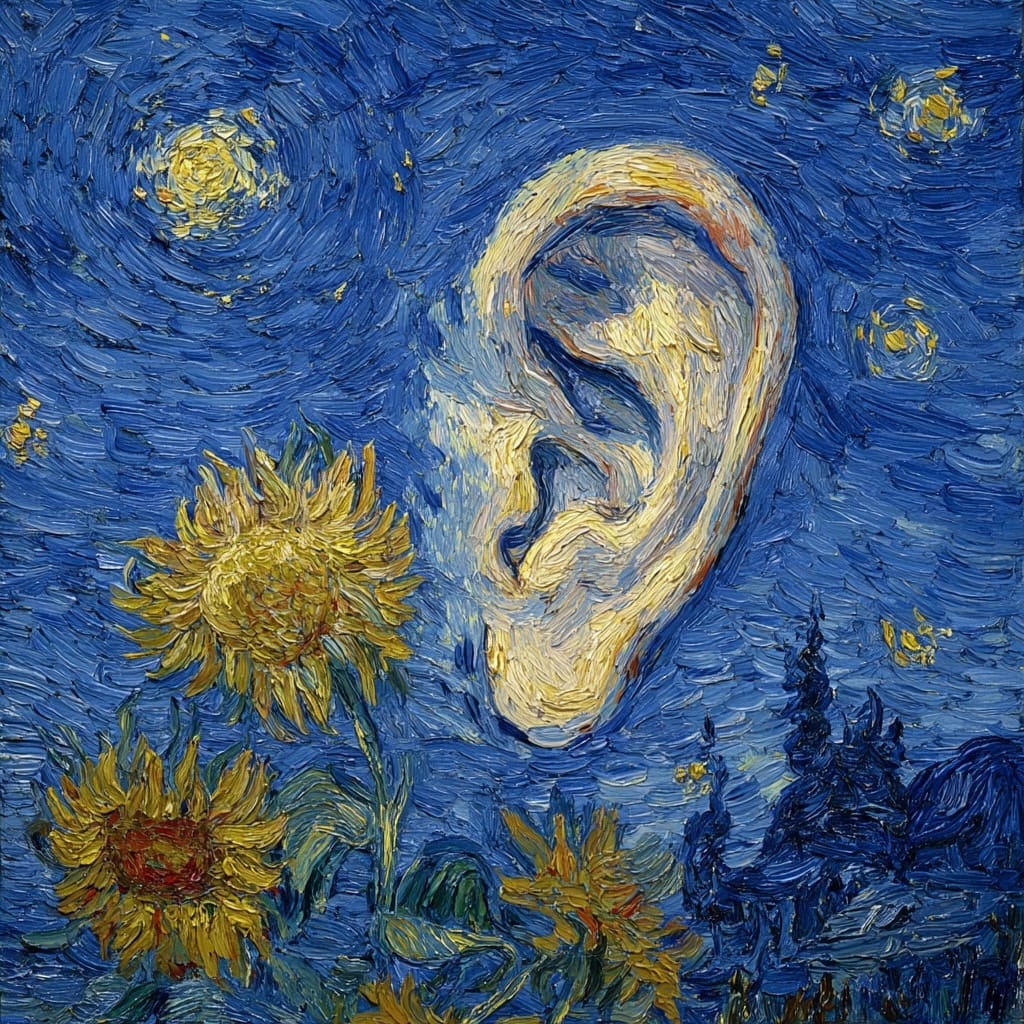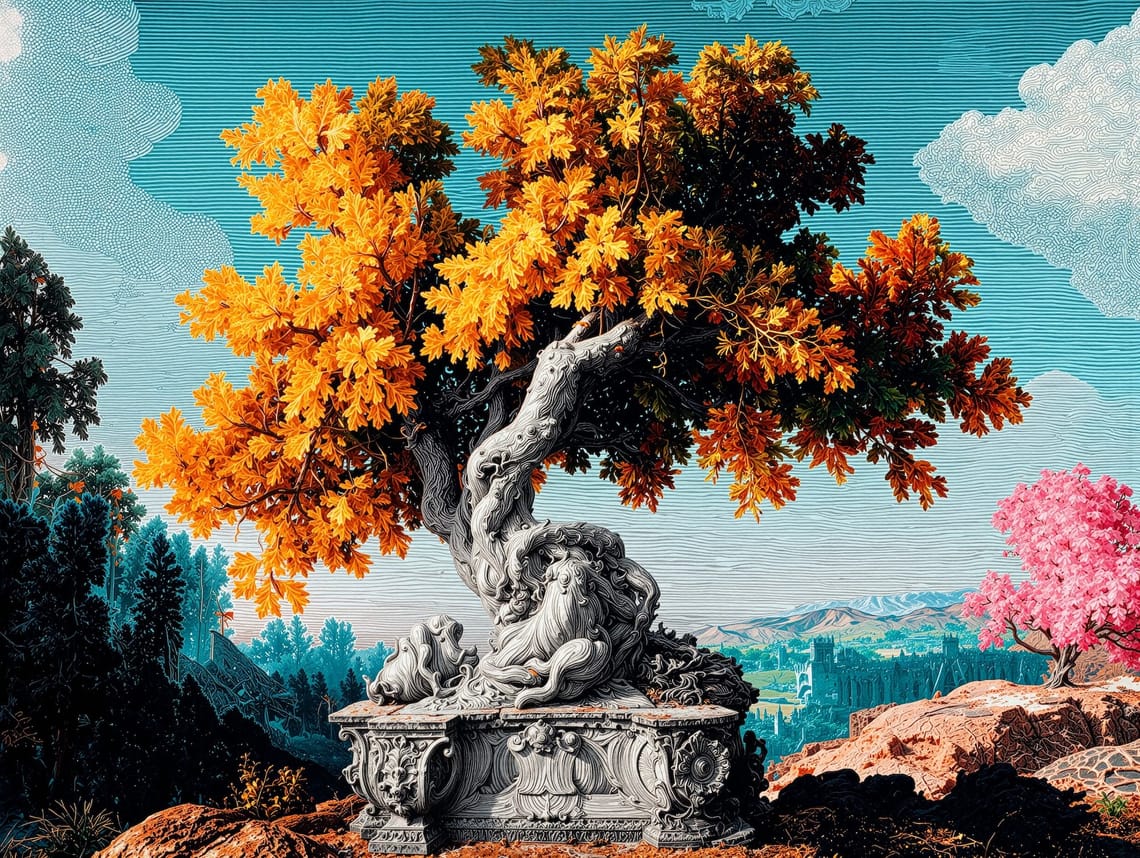Who painted the shadows history forgot?
Unveiling hidden artistic voices, reframing narratives, and tracing global art's complex journeys through critical, inclusive perspectives that challenge traditional historical frameworks.

Art is never just about what we see on canvas or in sculpture—it's a complex narrative of human experience, cultural exchange, and power dynamics. For too long, traditional art history has been dominated by a narrow, Eurocentric perspective that marginalized countless voices and artistic expressions. Today, we're witnessing an exciting shift that challenges these long-standing narratives and brings forgotten artists and movements into the spotlight.
Rediscovering Forgotten Artists
Imagine walking through a museum and realizing how many incredible artists have been overlooked simply because they didn't fit the mainstream narrative. Women artists, artists of color, and those from non-Western cultures have historically been pushed to the margins of art history. Take Hilma af Klint, for example—a Swedish artist who was creating groundbreaking abstract art decades before artists like Kandinsky and Mondrian, yet remained virtually unknown until recent years.
These rediscoveries aren't just about adding names to art books; they're about fundamentally reshaping our understanding of artistic innovation. Artists like Augusta Savage, an African American sculptor during the Harlem Renaissance, created powerful works that challenged racial stereotypes and celebrated Black culture at a time when such expression was actively suppressed.
Decolonizing Art Historical Narratives
The process of decolonizing art history is about more than just inclusion—it's a radical reimagining of how we understand artistic creation and cultural exchange. Traditional art historical narratives often presented Western art as the pinnacle of artistic achievement, treating art from other cultures as primitive or derivative.
Subscribe to continue reading










